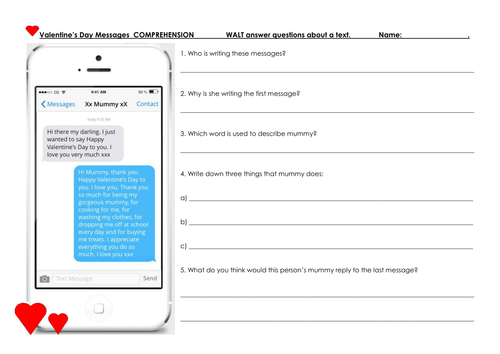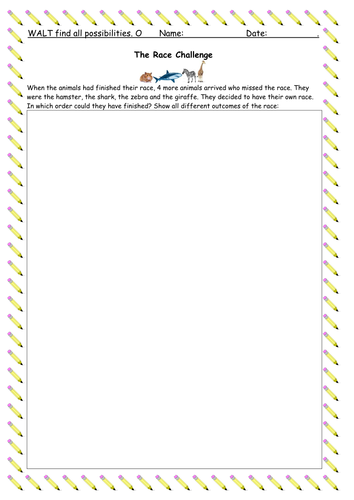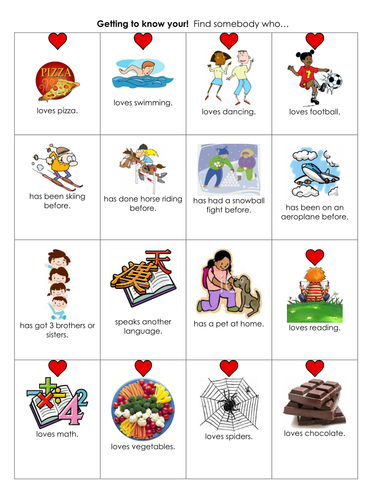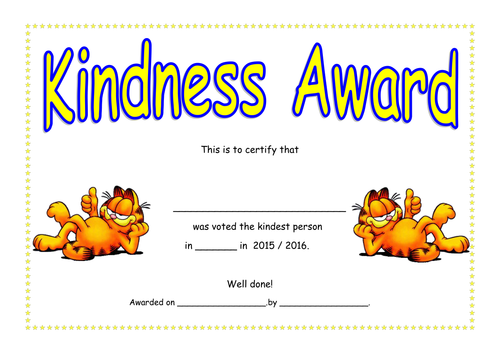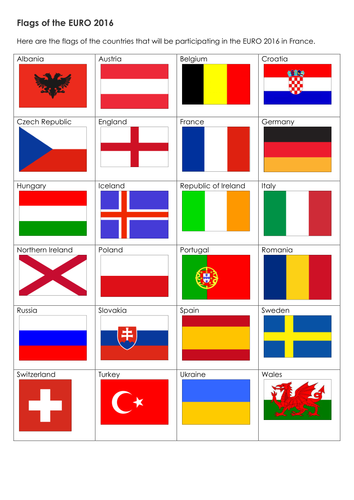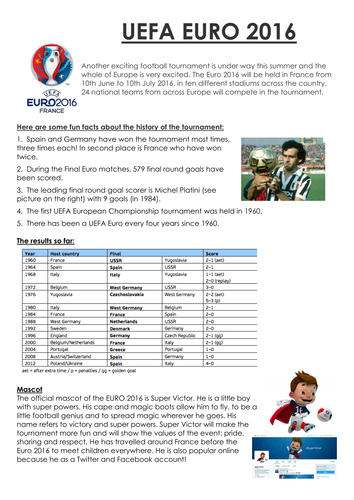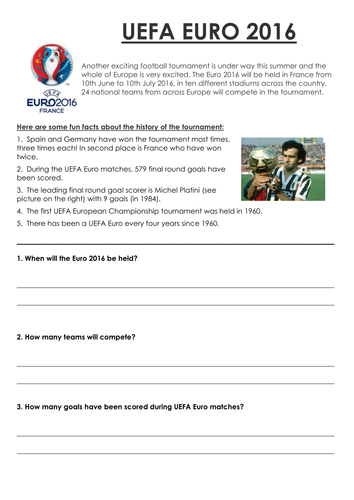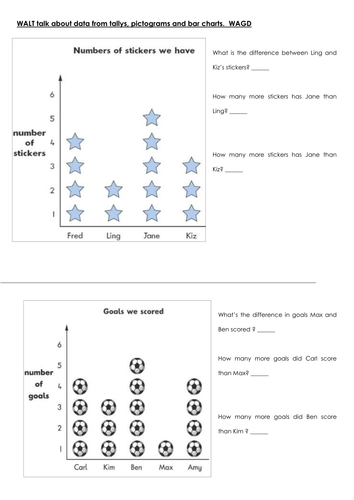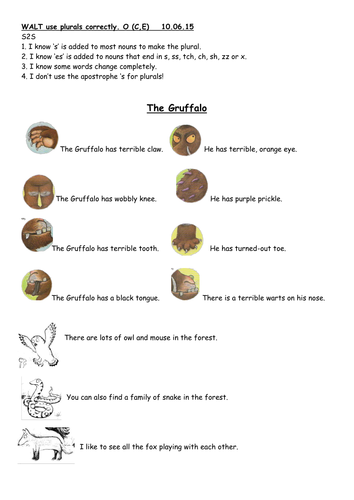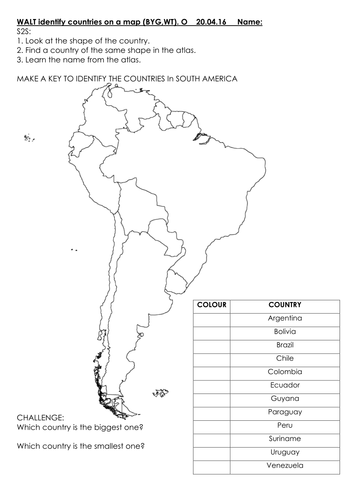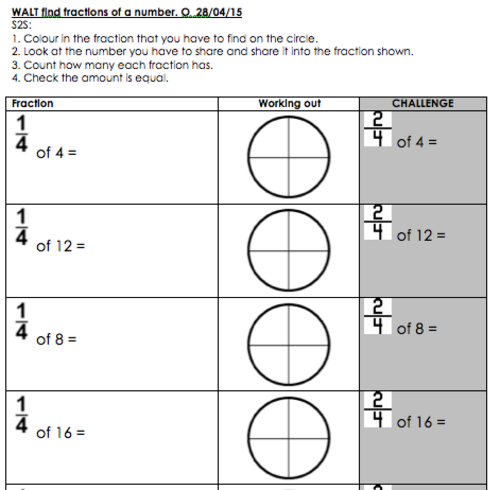Jenny Godfrey's Shop
I have worked in both KS2 and KS1 as class teacher and am also English Leader in KS1. For the last 5 years, I have been teaching in Y2, which gave me plenty of ‘SATs experience’. However, I have been trying to ensure that the skills children need to apply in their SATs are linked to everyday life experiences and have applied them as much as I could to our topics, in order to avoid 'teaching to the test'. I really value your feedback on my resources. Happy browsing!



